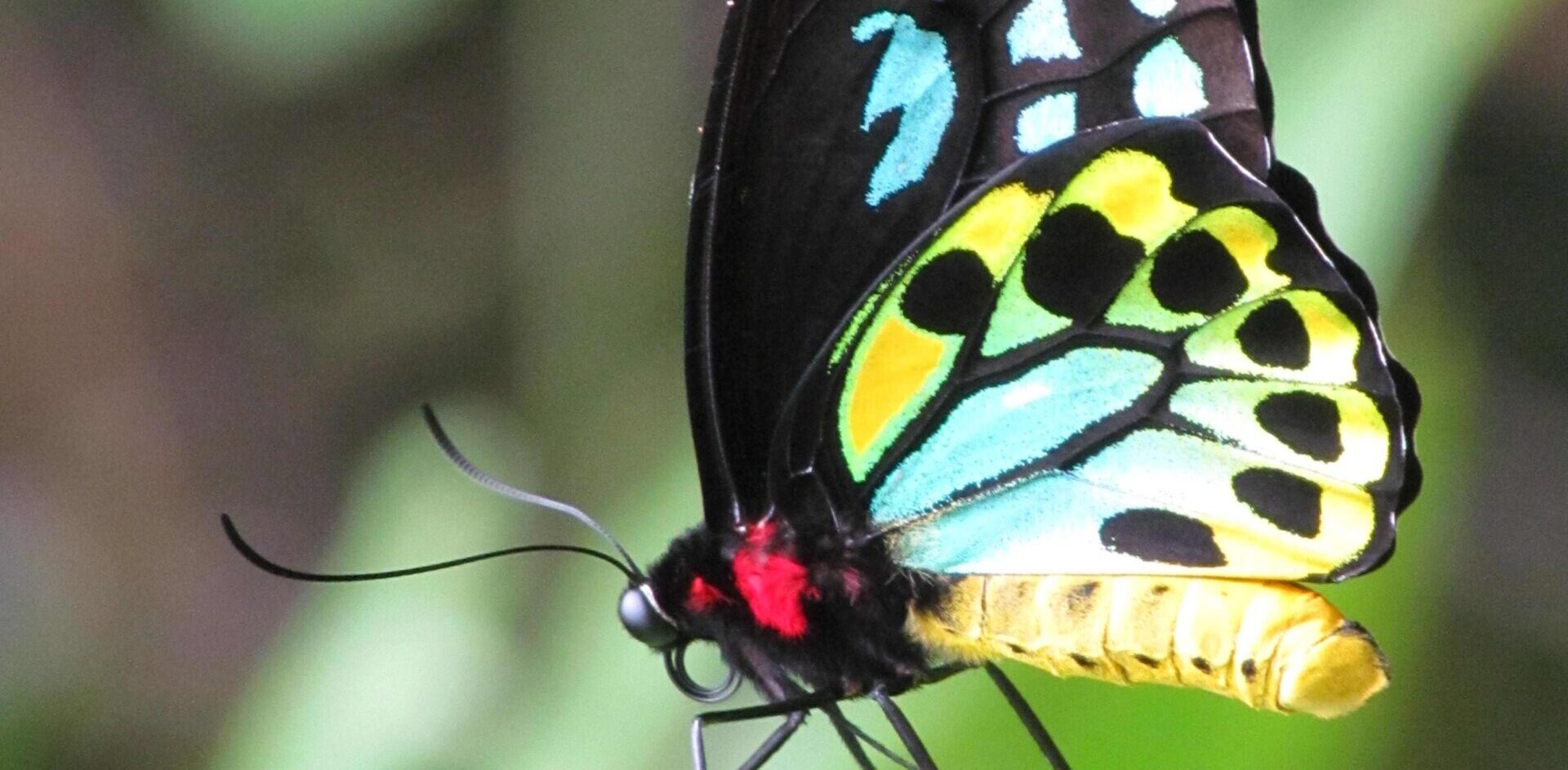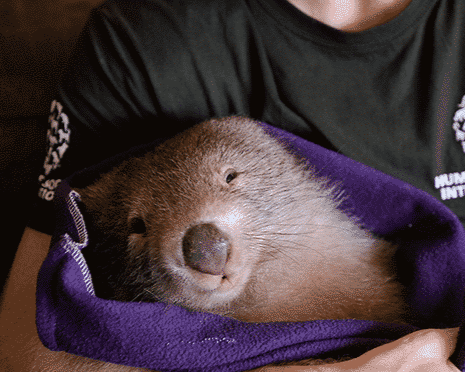The Newsletter of Humane World for Animals' Wildlife Land Trust • Issue 30 • 2025 Read More
Arcadia velvet gecko (photo – Stephen Zozaya)
The Federal Government’s lead body on assessing the extinction risk for Australia’s plants and animals has sent correspondence to the Federal Minister for the Environment and Water Tanya Plibersek, indicating the “very serious and increasing extinction risks” facing our native plants and animals.
Five species were highlighted as raising immediate extinction concerns, while a further 41 species and one ecological community are expected to be recommended for listing as Critically Endangered, according to the letters from the Threatened Species Scientific Committee.
One species that is teetering on the brink of extinction is the Maugean skate—an ancient lineage of ray that only inhabits Macquarie Harbour, Tasmania. The Maugean skate has been nominated by Humane Society International Australia (HSI Australia) and the Australian Marine Conservation Society (AMCS) for recognition as Critically Endangered a number of times—most recently in March 2023.
“Time is of the essence if we have any chance to save species once they become Critically Endangered,” said HSI Australia Head of Campaigns, Nicola Beynon.
“For the Maugean skate this means a reckoning with the salmon farm industry. The skate will only survive in the wild with improved management of freshwater flows and a reoxygenation of the Harbour. Reoxygenation requires a cessation of salmon aquaculture operations in Macquarie Harbour.”
HSI Australia also nominated four species of gecko (Arcadia velvet gecko, McIlwraith leaf-tailed gecko, Pinnacles leaf-tailed gecko, Cape Melville leaf-tailed gecko) included on the list of species being considered for Critically Endangered. These geckos, which are found only in small pockets of native forest in Queensland, are at high risk of extinction from factors including increased fire risk and illegal collection for the international pet trade.
“We’ve been saying for years that there is a biodiversity crisis—this is what we mean. Without immediate action, these 46 species are at imminent risk of being added to the long and depressing list of extinctions that is a stain on Australia’s ecological history. We commend this government’s commitment to ‘no new extinctions’ and we will continue to work with them to achieve this goal, but urgent and meaningful action must be taken,” said Ms Beynon.
“We are looking forward to the government introducing strong new environmental laws and standards to protect wildlife and their habitats from further loss, exploitation, degradation and destruction. A key component of this must be prioritising the protection of critical habitat for our threatened species – that means making these areas an absolute no-go zone for damaging impacts.”
“And we urgently need a quantum increase in core government funding to repair the damage already suffered and to prevent new harm to our threatened wildlife,” concluded Ms Beynon.


